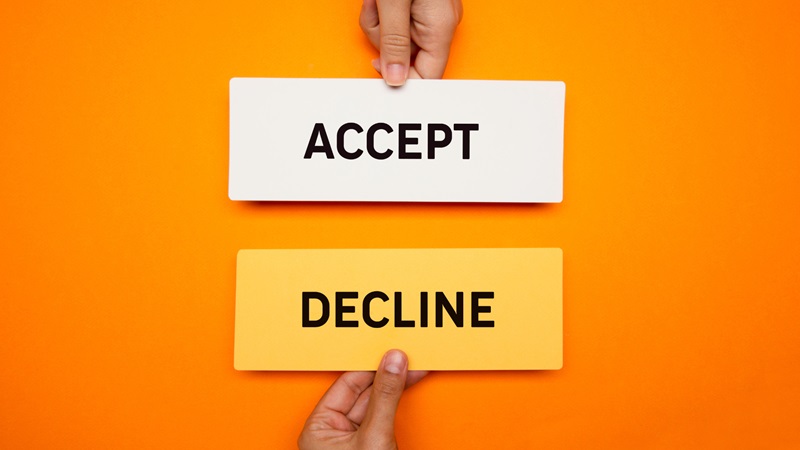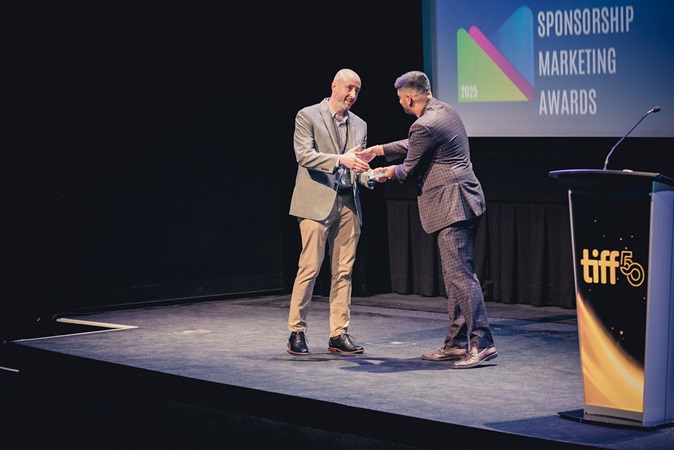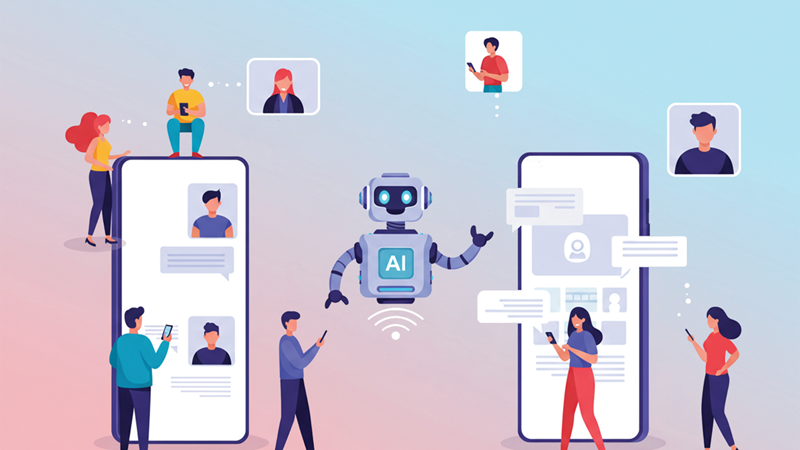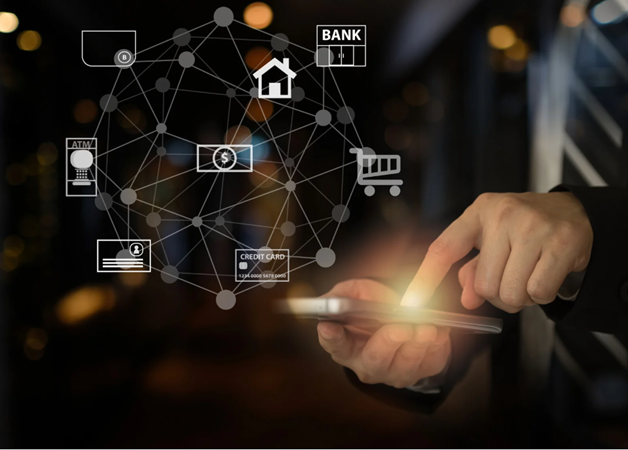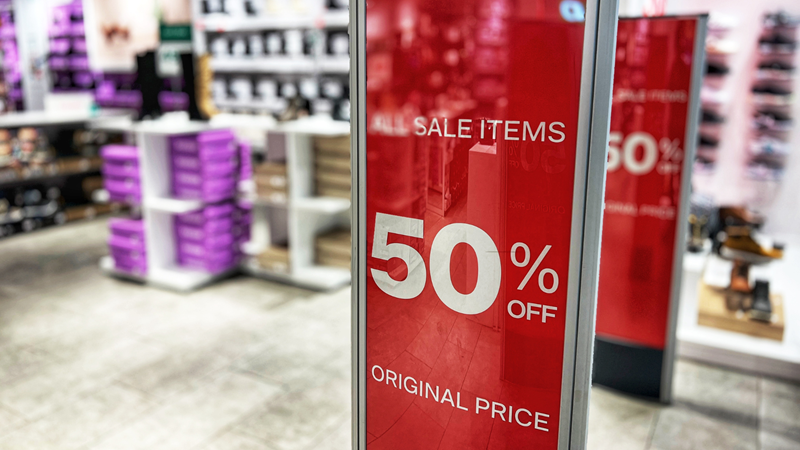From performance marketing to experience marketing: Engineering meaningful consumer connections
Why the future of martech is rooted in connection, not just conversion
In the ever-evolving marketing landscape, we’re reaching a critical inflection point. While performance marketing has long dominated our strategies—driving clicks, impressions and ROAS—consumer behaviour is shifting beneath our feet. Generational change, privacy awareness and rising consumer expectations for relevant information and ads are forcing brands to rethink not just how they reach consumers but also how they truly connect with them.
This isn’t a rejection of performance marketing (I’ve made a career out of it)—it’s an evolution. At the heart of this shift is experience engineering: the practice of designing intelligent, empathetic journeys that turn marketing from a transaction into a relationship.
Defining experience engineering: A personal perspective
For me, experience engineering is the strategic art of designing holistic consumer journeys that respect context, earn attention and create value beyond the conversion. It’s about building ecosystems where every touchpoint is not just optimized, but humanized—turning data into narrative, and technology into emotional resonance.
This approach should blend AI’s predictive power with human intuition. It ensures that we’re not just interrupting consumers’ lives with ads, but anticipating their needs, aligning with their values, and designing interactions that surprise and delight.
Experience engineering is the connective tissue between performance marketing and brand experience, and a mindset shift from disruption to connection.
The changing marketing landscape
Marketing has long been rooted in metrics: reach, frequency and CPA. We consistently optimized for outputs, not outcomes. But today’s consumer is more discerning. While they remain concerned about how their personal information is used online, they also recognize and expect the benefits of tailored digital experiences, including relevant advertising, customized recommendations, and exclusive offers.
As attention fragments and consumer journeys become nonlinear and multi-touch, brands need to move beyond buying impressions and toward building impressions that last.
From funnels to fluid journeys
Think about the modern car buyer. It’s no longer a simple funnel (was it ever really?) from ad to sale. Instead, their path includes researching online reviews, comparing models on TikTok, exploring financing on a brand’s website and visiting a dealership—all while being influenced by social values and personal context.
The best brands aren’t forcing the funnel. They’re designing experiences that flex with the consumer, showing up meaningfully at every stage. Take Hyundai’s “Evolve” platform, which offers virtual test drives and tailored content for different buyer personas, or Sephora’s seamless online-to-in-store personalization, driven by a unified view of customer behaviour.
These brands aren't just advertising; they’re orchestrating experiences.
The technology powering the shift
Experience engineering requires a reimagined martech foundation:
- Unified data signals: CDPs now integrate CRM, paid media, web, app, and in-store behaviour to create dynamic consumer profiles.
- Contextual intelligence: AI is moving beyond optimization—interpreting sentiment, environmental context, and intent to inform creative and placement strategies.
- Human-centred design: Technology amplifies creativity. The magic happens when machines predict and humans interpret—together shaping emotionally resonant interactions.
Practical implications for marketers
To navigate this shift, marketers must reframe how they operate:
- Break down silos: Connect paid, owned and earned media with CX, analytics and product teams.
- Redesign measurement: Go beyond last-click and ROAS—consider journey quality, engagement depth and lifetime value.
- Empower teams: Build hybrid talent that combines media buying expertise with design thinking and behavioural science.
- Partner strategically: Rethink agency and platform partnerships—not just for execution, but for shared experience delivery.
Experience engineering in action: Brands leading the way
While the concept of experience engineering can feel theoretical, many forward-thinking brands are already putting it into practice—blending data, technology and creativity to design meaningful consumer journeys. These examples show how companies are moving beyond traditional performance marketing to build connections that are personalized, empathetic and impactful.
- Nike: Through its SNKRS app and personalized email ecosystem, Nike has turned product drops into cultural moments—balancing scarcity, community and personal relevance.
- Spotify: Its yearly “Wrapped” campaign isn’t just a clever recap—it’s a masterclass in emotional storytelling using first-party data.
- Walmart Connect: Evolved from a retail media platform into an experience hub, offering brands granular insights and tools to co-create value-added content, not just ads.
These companies understand that technology alone doesn’t create loyalty—connection does.
The human element in an AI-driven world
AI can help us scale, but it’s human creativity, empathy and ethics that will define the next generation of marketing. Experience engineering isn’t about replacing human touchpoints—it’s about enhancing them. It's about creating space for meaning in the margins of automation.
Final thought: The future of martech is human
As marketing continues to blend media, commerce and experience, the brands that will thrive are those that stop chasing attention and start earning it. This requires us to think like performance marketers, but act like experience designers.
Because in the end, it’s not how many people we can reach, but how deeply we can resonate.




